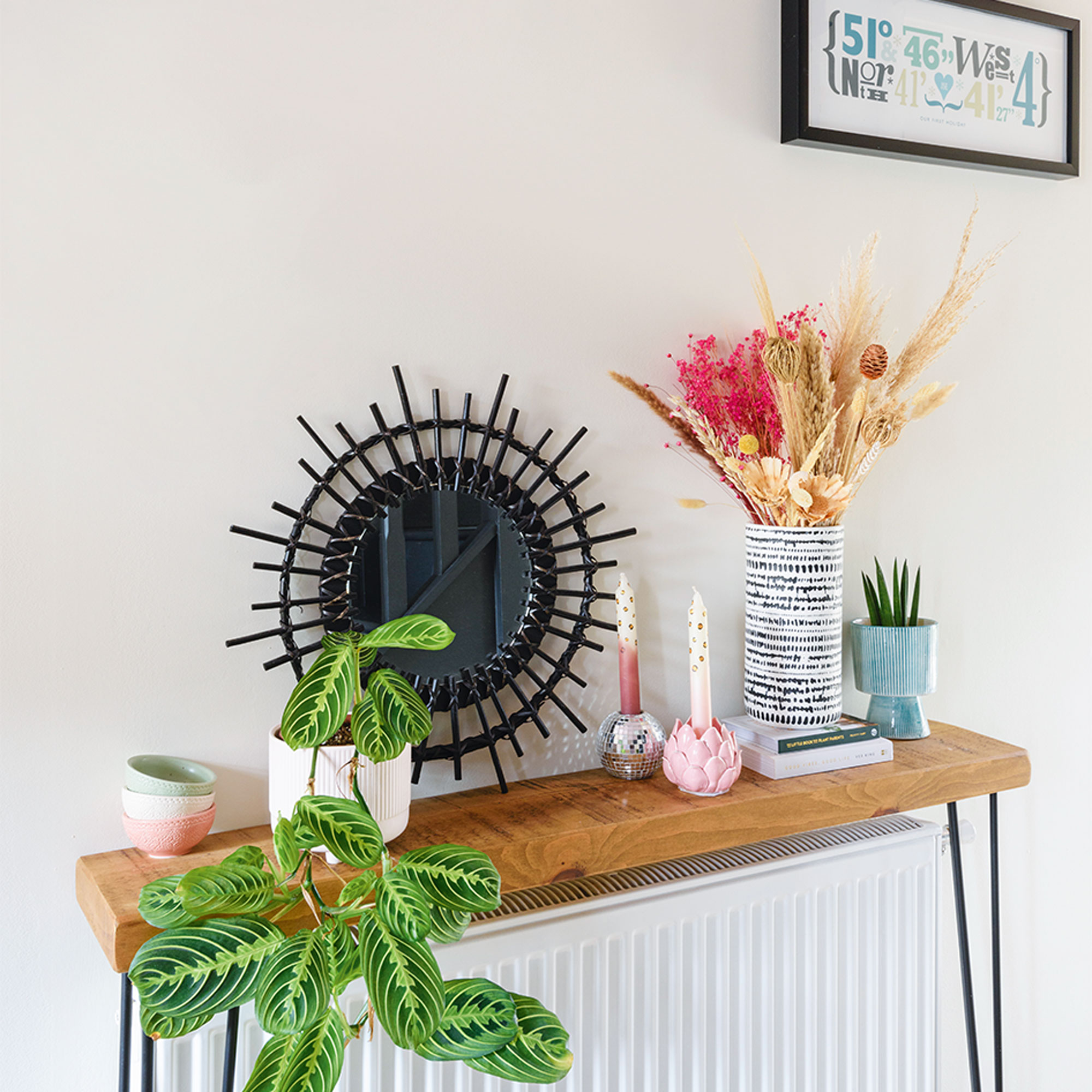
Adjusting the numbers on your radiator valves, do you really know what they mean? Yes, it’s true you use them to adjust the temperature but that’s not exactly what the dial does - it actually has nothing to do with the specific temperature of a room.
Now winter is here and central heating systems are being turned on across the country, we’re using our radiators a lot more, so knowing how to use them properly, is important if you want to save energy at home.
To stop you from making any further heating mistakes, heating experts have explained exactly what the dials on your radiator do.
What do the numbers mean?

Radiator dials are also known as thermostatic radiator valves (TRVs). You can typically spot the dials as two lump-like shapes on the side of your radiator. Most radiators have the numbers from one to five, and while to an extent they relate to temperature, it’s not a specific degree - they represent the desired comfort level in the room.
‘The numbers on the valve correspond to the room temperature, not the radiator's internal temperature, working to regulate the water flow into the radiator,’ explains Nicholas Auckland, heating and energy expert at Trade Radiators.
‘For example, setting the dial to 1 will make the radiator come on when the room temperature is below 10°C, maintaining it around that temperature. This feature is handy for the likes of a spare bedroom, which is not frequently used but should also not be kept too cold.
‘Similarly, setting the dial to 5 will activate the radiator whenever the room temperature falls below 30°C, which will likely lead to high gas bills due to maintaining a constant high temperature. Having it on level 5 indicates that it will continue allowing hot water into the radiator until the room temperature reaches the high level of 30°C. Should the temperature fall below 30°C, which will likely be the majority of the time, hot water will resume circulation in the radiator.’
What is the best number to keep your radiator on?

Each number on the dial roughly correlates to a room temperature range. Nick Duggan, Managing Director of The Radiator Centre, explains:
- 1 = 12°C (minimal warmth, a cool room).
- 2 = 16°C (comfortable for less-used spaces).
- 3 = 20°C (normal living room temperature).
- 4 = 24°C (warm, for colder days).
- 5 = 28°C+ (hot, rarely needed).
When your heating system is on, Nick recommends keeping your living room at number 3 on the dial as it is a comfortable temperature for: ‘comfortable temperature for sitting, relaxing, and general activity.’
He then recommends the bedroom should be kept at 2 as cooler temperatures are more comfortable for sleeping, meanwhile, your hallways and landings can be kept between 1 and 2 to keep energy costs low.
However, Nick does recommend keeping your bathroom between 4 and 5 if it has a radiator. ‘Bathrooms benefit from higher temperatures to keep them cosy and prevent condensation or dampness,’ he says.
The best way to keep track of the temperature of your room is via a thermometer. Monitoring the temperature of your room can help you ensure you have the radiator on the correct number. This thermometer also monitors the humidity of a room for optimum comfort.
Knowing how your radiator valves work is important, as having the dial higher than you need can put added pressure on your heating as it struggles to heat your room to that temperature level. Keeping the dial between 2 and 4 over winter is the ideal setting for the most comfort and less strain.







